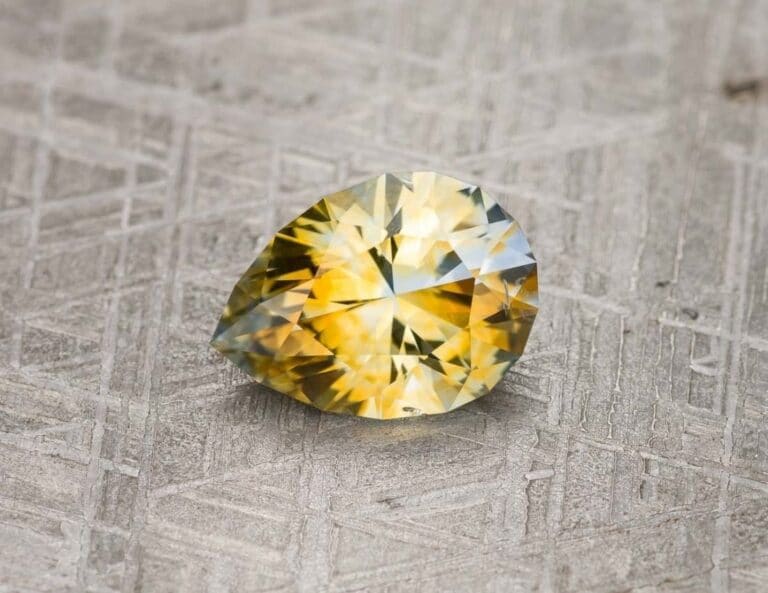Ethical Sourcing: What does it mean?
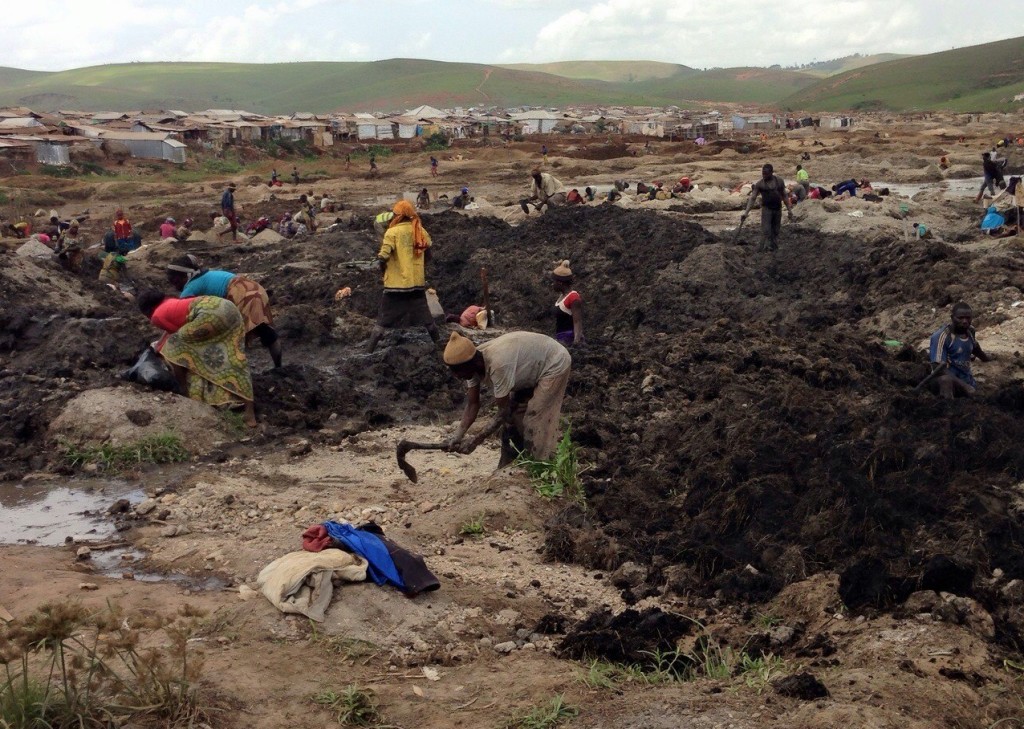
In the image above we see people working under what looks like very difficult conditions, and indeed they are. In the foreground we see men and women working with hand tools to turn over fresh soil, hunting for gem gravels containing precious deep blue sapphires–worth many thousands of dollars per carat when they are finished into gemstones. Behind them are other people washing the gravel in open pits of muddy water to hopefully expose a few prized gems–but probably not. Further in the distance is a shanty town that has rapidly sprouted at this site. The immediate reaction of many people in the “developed” world is shock and concern–understandably so. Are these people happy and healthy? Are they doing this of their own free will? We’ve been sold a message by some that these people are being exploited, and that the ethical thing to do is to not buy these stones. But is that true?
Like most things in life the story is far more complicated. Most of the messaging around this topic has been around diamonds. The well known movie “Blood Diamond” was instrumental in spreading this message to the public. The problem is that its Hollywood, not reality. Yes, there has been and continues to be trade in precious commodities to fuel the wars that still plague the African continent and that includes diamonds and even some colored stones. But that is the exception to the norm. In most cases precious gems are hand-mined by small-scale artisanal miners who do this by choice and the work they do and the monies they receive do not support conflict–it supports families. Mining offers these people an opportunity to make money to supplement their income and the potential to escape the poverty many of them were born into. Blindly deciding to not purchase gems from some portions of the world denies these people one of the few opportunities they have to achieve some level of financial success beyond bare subsistence.
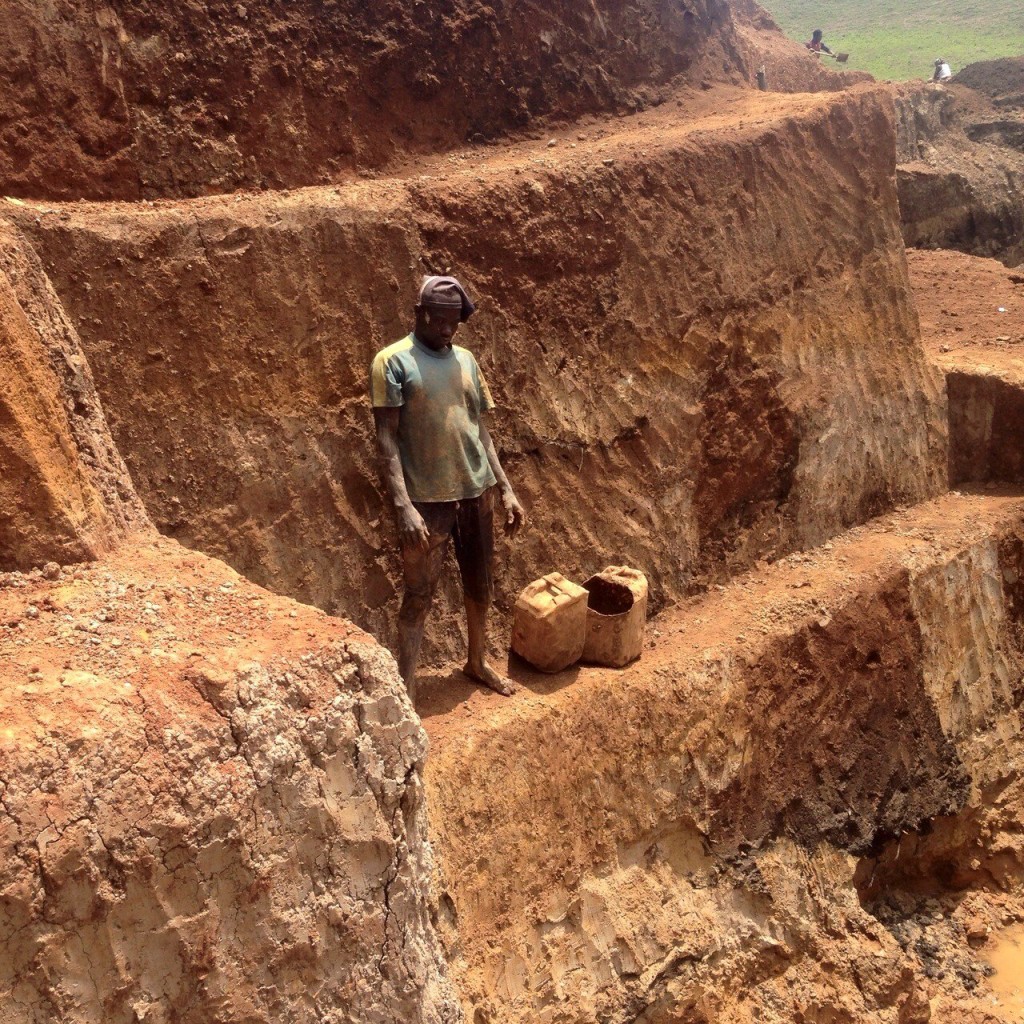
The gentleman who took this photo and the one at the beginning of this article is a gem rough dealer from Nigeria, and I also consider him a friend. He was born and raised there, and knows many of the miners around his country. He can tell you first hand that most–if not all–of those who mine these gems do so because they want to. They love what they do, even if it is dirty and hard work. Often the miners work deposits like this during the “off season” from farming, when they would otherwise be unemployed. The advent of the Internet and broad access to it via mobile phones means that these miners know the market for their gems and have a broader reach for their product. The prices they realize are substantial, and a good find can literally transform someone’s life. That lure is a strong one–here in the United States that same lure led to the massive Gold Rush in California in the mid 1800’s, and later rushes for gold in Alaska and the Klondike of Canada right up until the early 1900’s. Similar rushes for resources occurred throughout the 1900’s for oil and even recently for gas. Its human nature to seek opportunities to achieve more wealth and hopefully security for ourselves and our families. But an even more powerful draw for many who mine is the sheer joy of discovery of a piece of natural beauty. If you’ve never held in your hand a gem or some gold that you yourself dug, you can’t understand the euphoric rush it provides–but those who mine these gems do!
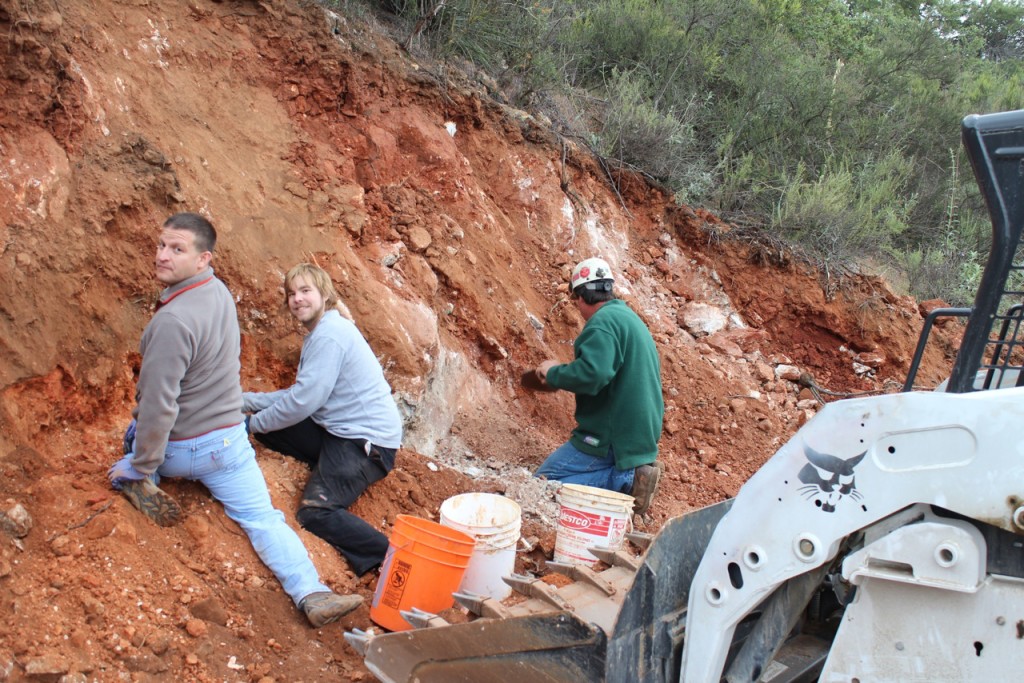
Mining for gems is hard, dirty work no matter where its done–even here in the US. I’ve worked in hard rock mines in southern California and at alluvial gravel mines in Montana. The men and women who do this work here love it just like most miners around the world. In the photo above I’m on the far left with my friend and fellow gem cutter Jordan Wilkins next to me; further down you see mine owner Jeff Swanger shoveling away dirt to expose a gem pocket. While there is a Bobcat in the scene, note that we are working by hand. Gems are fragile and valuable–when you are working to extract them, its safest and best done by hand. While we have the luxury of access to better safety training and equipment in the US, its still a dangerous job. I have scars to prove that, and for several years I carried a piece of broken rock embedded in my knee to prove the point–until it finally worked its way out. While I don’t mine on a daily basis to support my family there are many small-scale miners in the US who do, just like there are where ever gems can be found in this world.
This brings me to the question that I used to title this article: Ethical Sourcing, what does it mean? The answer to that is complicated, like most things in life. What are your ethical concerns when acquiring a gem? Are you worried about funding conflict? Are you concerned about environmental degradation? Are you looking to make sure that your purchase financially supports those of lesser means? All of these can be part of one person’s ethical criteria used when selecting a gem. To be able to effectively answer this question requires that you know the full chain of custody of the gemstone.
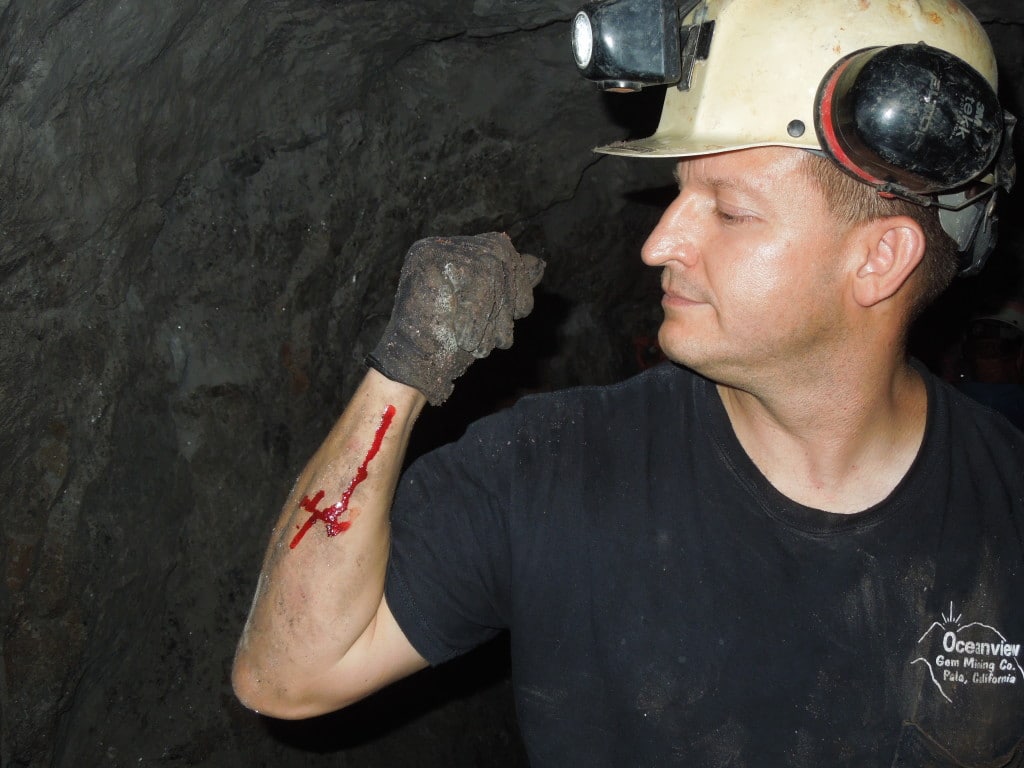
Chain of custody is trail back from you, the purchaser of the gem, all the way back to the person or persons who mined the gem. Knowing who has handled the gem is crucial for answering questions about the environmental conditions under which it was mined, the financial conditions of the transactions and provides valuable information on whether the gem may have been subject to any undisclosed treatments. Whenever possible I make an effort to source all of my gem rough as close to the mine as possible. When I am unable to do so, I make sure that I work with a broker that has an impeccable reputation and ethical standards that match my own, and they must source directly from the miners.
I strive to provide gemstones that I am 100% confident have been sourced as close to the original miner as possible, and I make sure that the miner receives a fair market price for his or her goods. In most cases I have personal relationships with the miners, particularly here in the US. I want to see them succeed and I have provided financial support for many miners either by buying rough material when they are in need of funds–whether I need the rough at the time or not–or by making direct investments when possible. For example, I have directly invested money in small-scale sustainable tsavorite mining in Kenya, with no requirement or guarantee of return.
Beyond the process of mining the gems, there is the process of turning them into finished gemstones. Regrettably, many gems are still cut under “sweatshop” conditions in overseas cutting houses, mainly in Asia. When choosing a gemstone, you must keep in mind not only the conditions under which the gem rough was mined, but also the working conditions under which the finished gemstone was created. I personally cut a large percentage of the gems I sell, and most of the others are cut here in the United States by other artisanal gem cutters. However, I do also have some gems cut overseas–but I have carefully vetted the business who does this work for me. The workers there are paid well and receive excellent training. Most of them are true artists who have worked in this trade sometimes for several generations. I have selected my overseas vendor for the quality of their work and the way that they conduct their business and pay their employees.
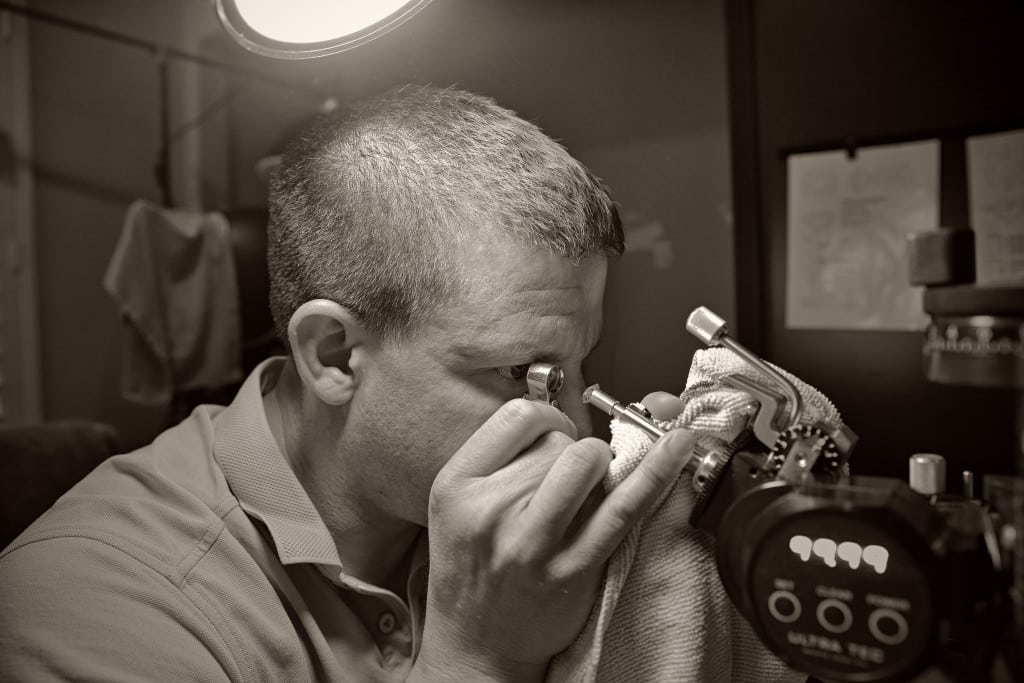
When you choose to purchase a gemstone from me, you will know where it was mined and the conditions under which it was mined. You can be confident that those who have worked hard to mine the rough gems from the earth have received a fair value for their efforts and that the gems were mined in a sustainable fashion taking into consideration the environmental impact of the mining process. This comes at a price–I won’t be able to match prices of gems that haven’t been so thoroughly vetted in their sourcing. The extra care required to protect the environment when mining comes at a financial cost, as does making sure the miners receive the best price for their efforts–but its something my personal ethics require, and if yours do as well, then lets talk about gems.


